Phonics Teaching Resources
Make teaching phonics easy with printable phonics worksheets, activities, games and more designed for primary teachers.
This collection of Australian curriculum-aligned teaching resources has been carefully reviewed by our expert teaching team to make sure every resource is classroom-ready — so we can make your lesson planning easier!
New to teaching phonics, or just looking for new ways to engage your students? Read on for a primer from our teacher team!
What Is Phonics?
You've likely heard the word 'phonics' thousands of times throughout your own education and maybe on one of those old as from the '90s. But what is phonics, exactly?
Phonics is technically defined as the systematic instruction of the relationships between letters and sounds in written language. But that's a mouthful, isn't it? More simply, phonics is the word we use to refer to the method of teaching reading by focusing on the relationship between written letters and the sounds they represent.
In phonics, kids learn how to decode written words by recognising the sound-symbol correspondence.
Phonics vs. Phonemic Awareness
When we start talking about letters and their sounds, we start to wander into phonemic awareness territory. So what's the difference?
The words phonics and phonemic are similar, and the two concepts are — surprise, surprise — related. But there are key differences.
Phonemic awareness is essentially the ability to identify and manipulate individual sounds — aka phonemes — in spoken language. It's those individual sounds and their correspondence to the letter symbols that can be used by kids to then decode written words.
So students learn to recognise the individual sounds of spoken language (phonemes) and how these sounds can be represented by letters (graphemes) in written language. Then they apply this knowledge to decode written words by understanding the sound-symbol correspondence.
Consider this example:
- Let's say your student can identify the separate sounds in a spoken word such as 'cat' (i.e., /k/ /a/ /t/). That's phonemic awareness.
- Now let's say you're teaching that same student that the letter 'c' represents the /k/ sound and that the letter 'a' represents the /a/ sound, and that these sounds combine to form the word 'cat.' That's phonics!
How to Teach Phonics in Primary School
OK, you probably already know that phonics is all about teaching word recognition via grapheme-phoneme associations and letter-sound correspondences.
It’s a means of teaching early readers the pieces that make up a word so they can blend them together to decode the English language as readers and writers.
But how do you teach it?
In the earliest stages, phonics instruction typically begins with teaching students the most common letter-sound relationships. You start with consonants, then move on to vowels, then consonant blends.
Students then learn to sound out words by decoding the letters and blending the sounds together to form words.

Phonics Vocabulary Terms to Remember
The English language system is one of the hardest to teach and learn, so how do you teach phonics? Let’s start with the phonics vocabulary.
- For starters, there are 26 letters that create approximately 44 phonemes, the word for the individual speech sounds that make up words. Put together, phonemes make words. OK, easy enough, right?
- Well, these phonemes can be written in more than 200 different letter combinations, known as graphemes. Graphemes can be made up of 1 letter (such as 'p' in 'pig'), 2 letters (such as 'gh' in ghost), 3 letters (such as 'igh' in night), or 4 letters (such as 'ough' in rough).
- Then there are digraphs or two letters that work together to make one sound — such as “ph” in graph. But wait, isn’t that a grapheme? Yup, a digraph is a type of grapheme.
- So is a trigraph, trigraphs, aka three letters that work together to make one sound, such as 'dge' in edge.
- And if you’re teaching phonics, you can’t forget dipthongs, the name for a sound that is formed by the combination of two vowels in a single syllable, such as 'ou' in loud.
Most students will spend foundation, year 1 and even year 2 getting a handle on all phonics elements!
- Plus Plan

SMASH IT! Blending 'l' Game
Practise finding different ways to blend 'l' with other consonants with this set of 8 game boards and letter cards.
- Free Plan
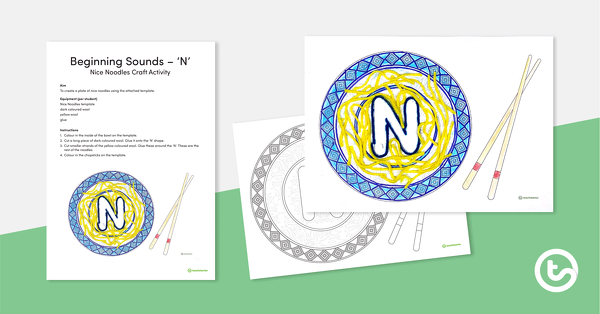
Beginning Letter Craft – N – Nice Noodles
An initial sounds activity to introduce the sound 'n'.
- Free Plan
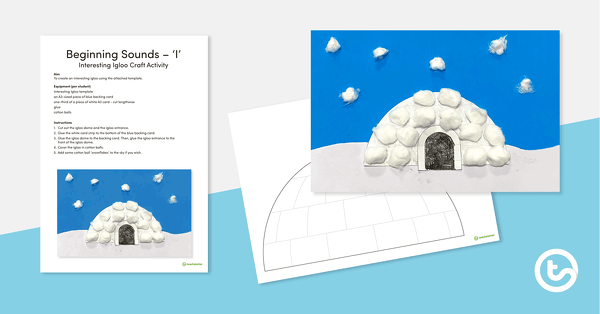
Beginning Sound Craft – I – Interesting Igloo
An initial sounds activity to introduce the sound 'i'.
- Free Plan
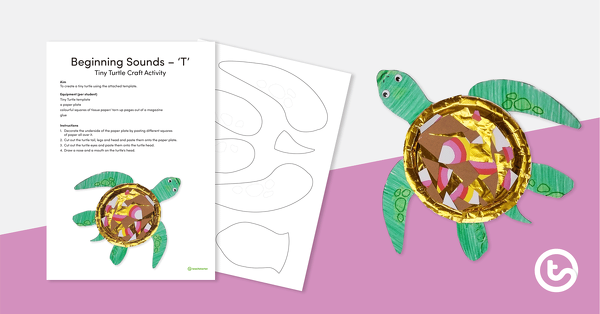
Beginning Sound Craft – T – Tiny Turtle
An initial sounds activity to introduce the sound 't'.
- Plus Plan
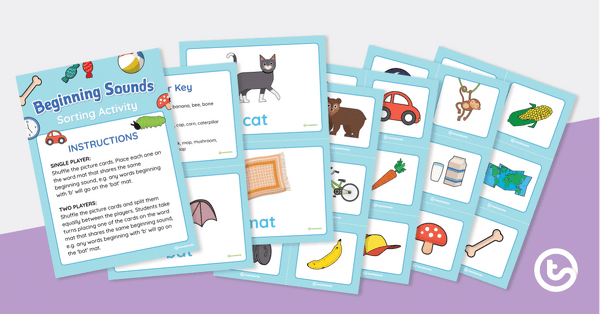
Beginning Sounds Sorting Activity
Practise identifying beginning sounds of words by sorting this set of 24 picture cards.
- Plus Plan
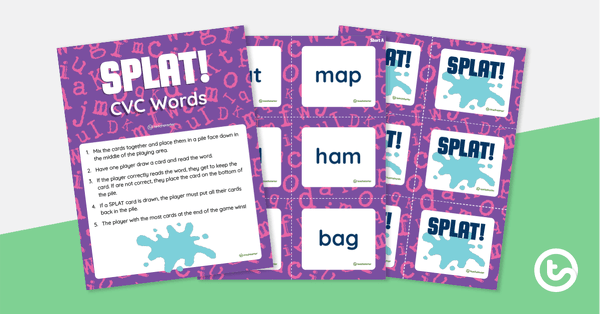
SPLAT! CVC Word Game
A set of 36 task cards to practise decoding and reading 3-letter words.
- Plus Plan
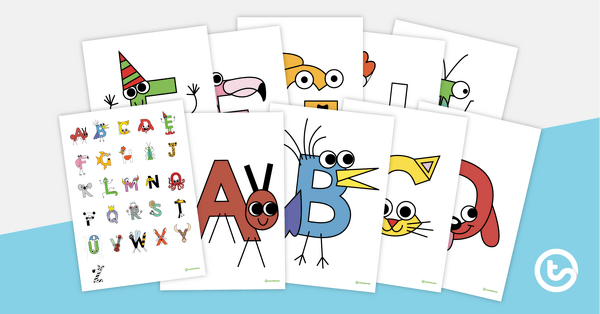
Alphabet Craft Display Posters
Letter craft posters for each letter of the alphabet.
- Plus Plan
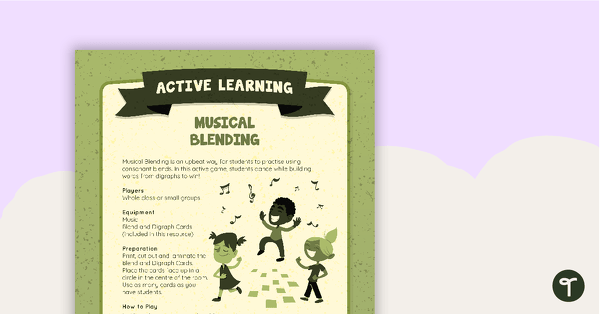
Musical Blending Active Game
An active game that allows students to practise using blends and digraphs.
- Plus Plan
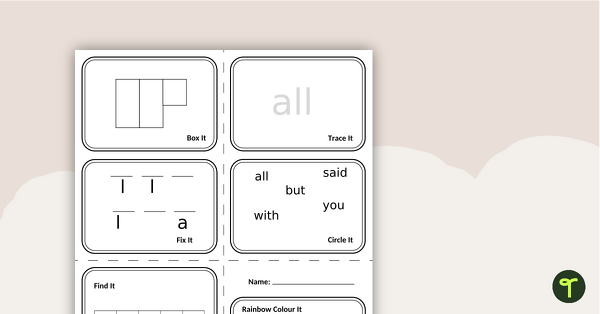
Editable Sight Word Little Book
An editable little book for learning sight words.
- Plus Plan
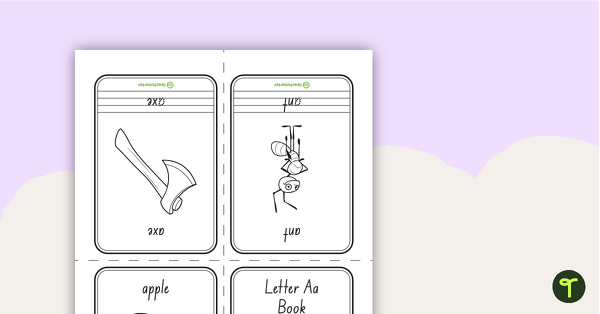
Little Alphabet Book Worksheets (A-Z)
A set of 26 worksheets to assist younger students with letter recognition and formation.
- Plus Plan
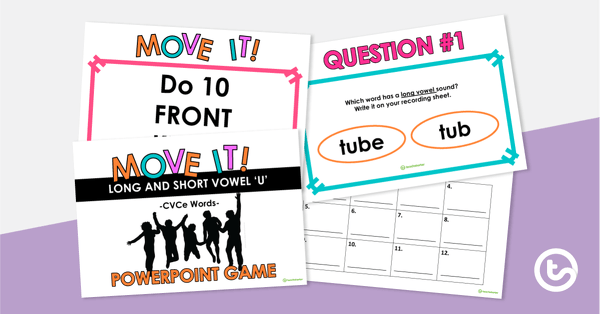
Move It! - Long and Short Vowel 'u' PowerPoint Game
An active PowerPoint game to practise reading and identifying long and short vowel ‘u’ words.
- Plus Plan
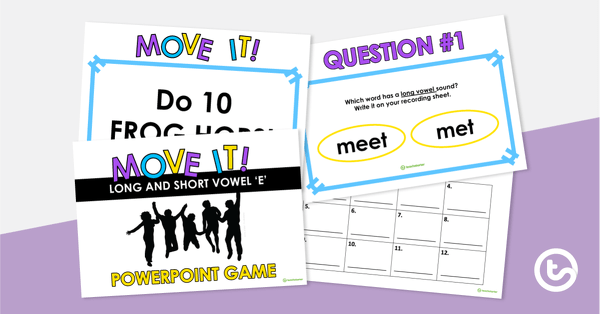
Move It! - Long and Short Vowel 'e' PowerPoint Game
An active PowerPoint game to practise reading and identifying long and short vowel ‘e’ words.
- Plus Plan
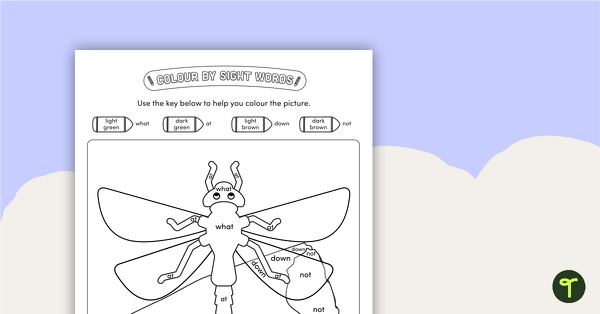
Colour by Sight Words - 4 Words - Dragonfly
A fun colouring activity to use when working with sight words.
- Free Plan
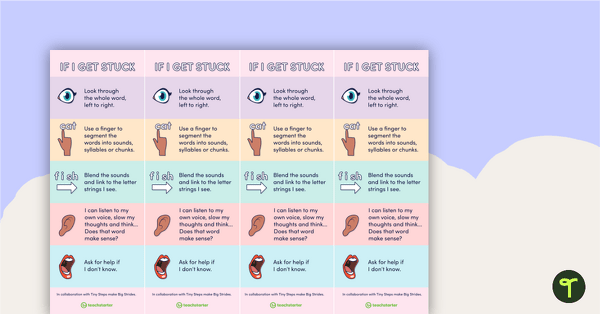
Science of Reading Decoding Strategy Bookmarks and Poster
A decoding strategy bookmark and poster set to help students during reading.
- Plus Plan
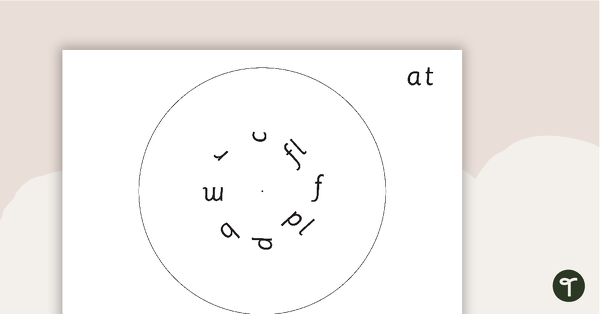
CVC Spinner
A set of 22 CVC spinners for students to practice Consonant Vowel Consonant words.
- Plus Plan
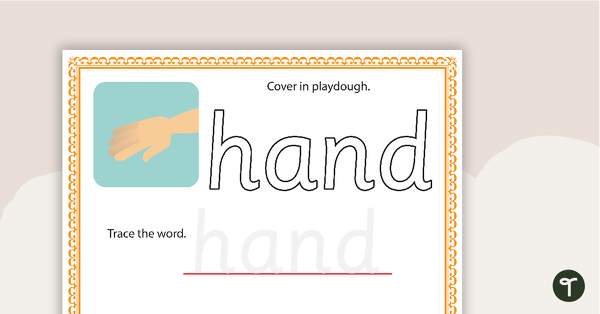
CVCC and CCVC Words – Playdough Mats
27 pages of 4-letter words for students to practise writing and forming in playdough.
- Plus Plan
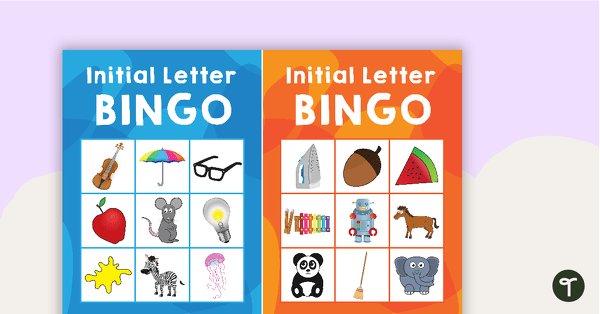
Initial Letter Bingo
30 different bingo cards using initial letters.
- Plus Plan
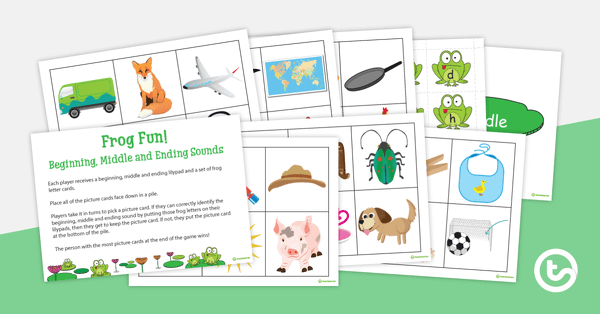
Frog Fun Game - Beginning, Middle and Ending sounds
Game cards and instructions for a frog-themed CVC word combination game.
- Plus Plan
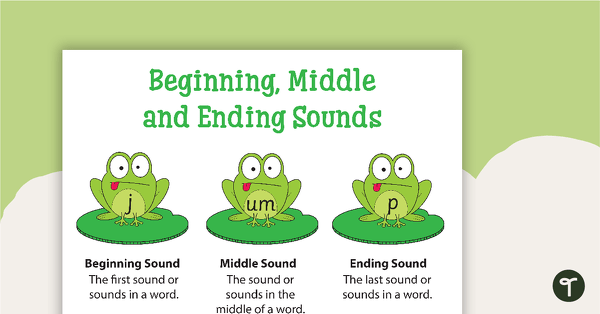
Beginning, Middle and Ending Sounds – Frogs Poster
A frog themed poster for CVC words
- Plus Plan

Rainbow Word Wall Vocabulary
A set of vocabulary cards for your classroom word wall.
- Plus Plan
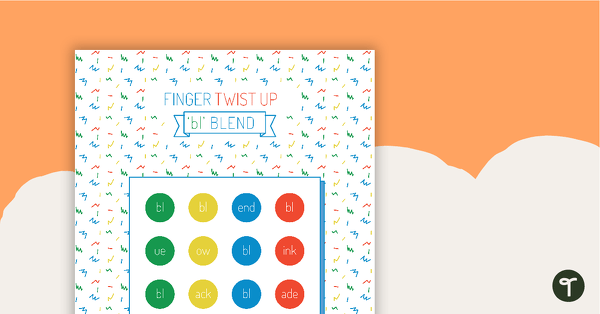
Finger Twist Up - Phonics Game
A fun, engaging board game to consolidate students' understanding of blends and sounds.
- Plus Plan
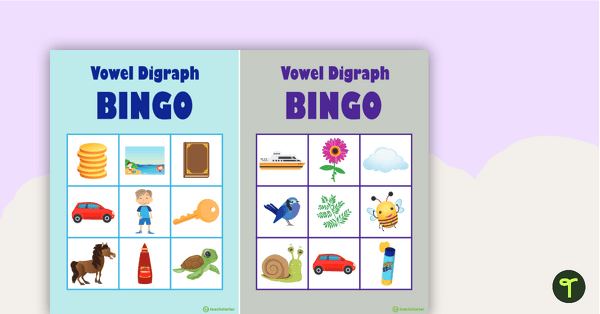
Vowel Digraph Bingo
Thirty different bingo cards using vowel digraph graphemes.
- Plus Plan
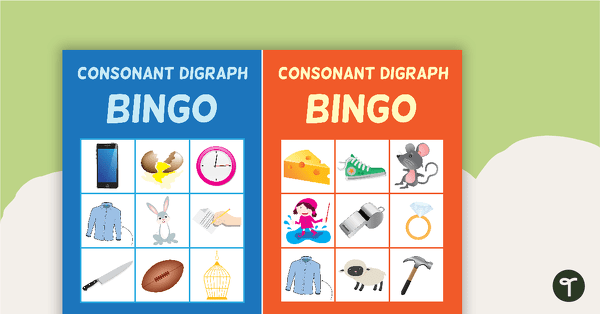
Consonant Digraph Bingo
Thirty different bingo cards using consonant digraph graphemes.
- Plus Plan
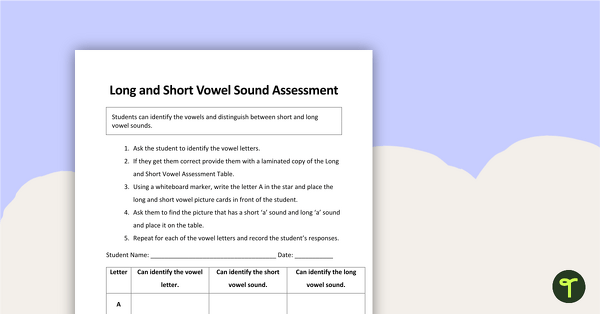
Long and Short Vowel Flashcards (Assessment Kit)
A set of 10 picture flash cards covering long and short vowel sounds and a teacher assessment tool.
- Plus Plan
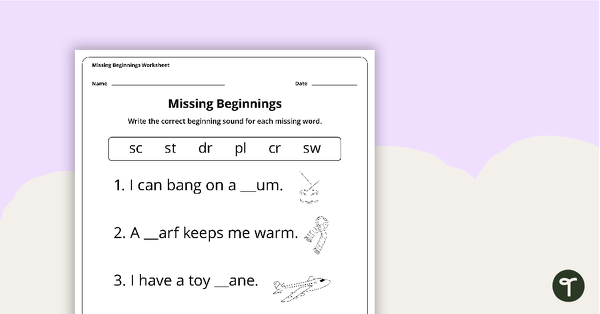
Missing Initial Blends Worksheet
A worksheet to consolidate initial blend sounds.
- Plus Plan
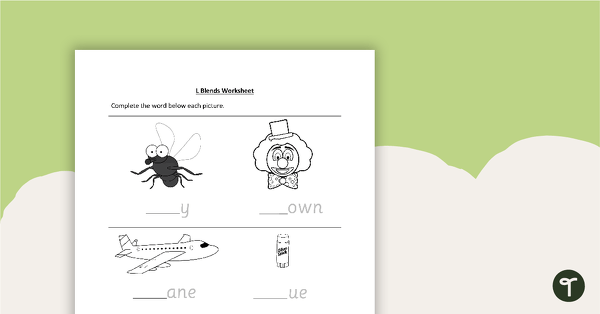
L Blends Worksheet
A worksheet consolidating the initial L blend sound.
- Plus Plan
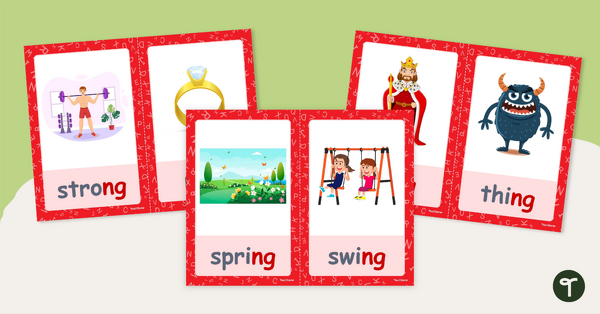
Ng Digraph Words With Images
Learn words that contain the 'ng' digraph with these word and picture flashcards.
- Plus Plan
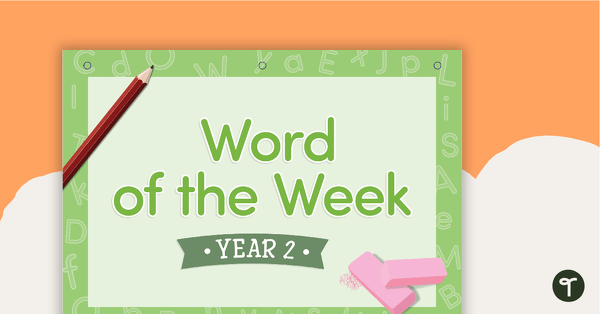
Word of the Week Flip Book - Year 2
A 43 page flip book for introducing new vocabulary to year 2 students.
- Plus Plan
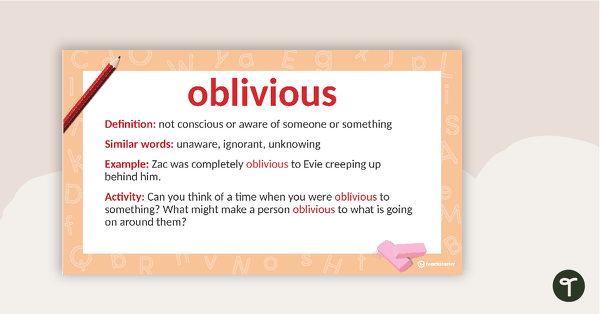
Word of the Week PowerPoint - Year 5
A 40 slide PowerPoint Template for introducing new vocabulary to year 5 students.
- Plus Plan
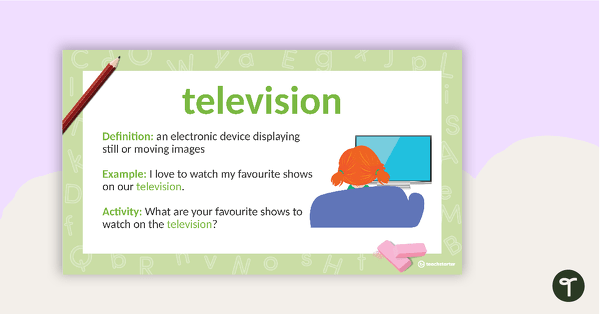
Word of the Week PowerPoint - Year 2
A 40 slide PowerPoint Template for introducing new vocabulary to year 2 students.
- Plus Plan
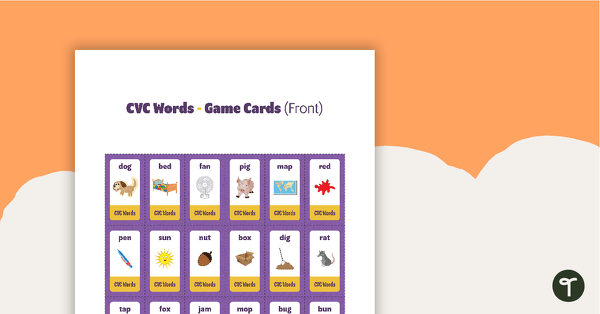
What's My Card? CVC Words Board Game
A set of cards to be used in a Guess Who? Board Game for students to consolidate their knowledge of CVC words.
- Plus Plan
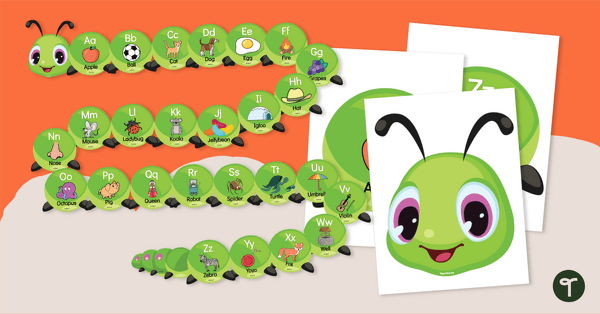
Caterpillar Alphabet Line - Editable Display
Display the alphabet in your classroom using a Caterpillar Alphabet Line.